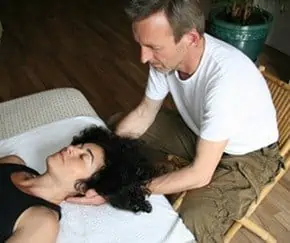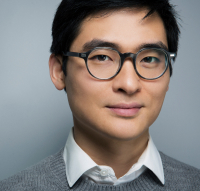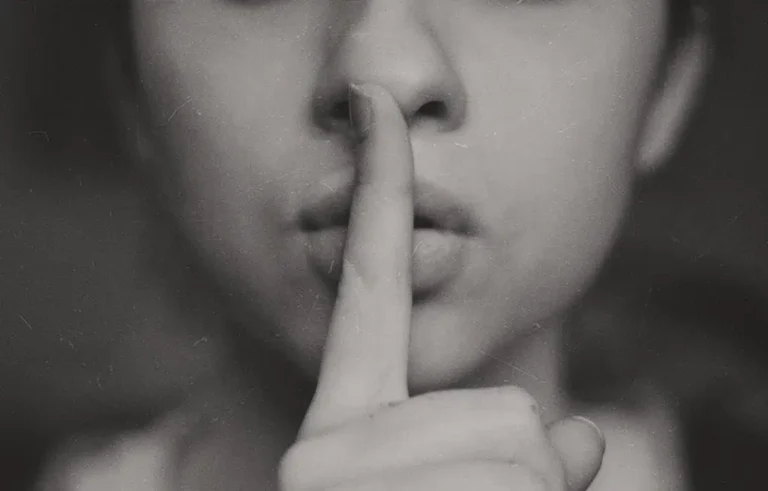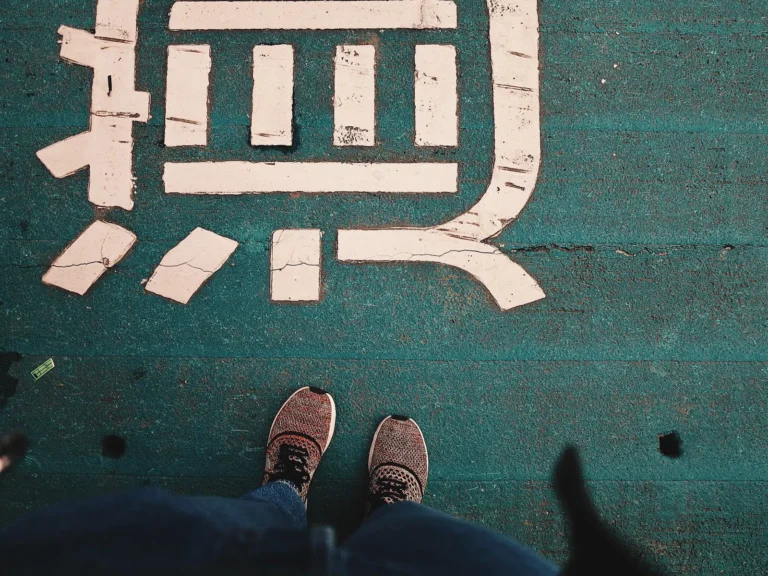Craniosacral therapy is an independent healthcare profession.
Practitioners aim to improve their clients’ health and well-being by listening through their hands to the body’s rhythms.
Craniosacral therapy is based on the work of an American osteopath, Dr William Garner Sutherland, who developed a new approach to osteopathy known as the ‘Cranial Concept’ in the early 1900s.
He discovered that the skull’s bones and the fluids which surround the brain have intrinsic movements.
Their natural pulsations reveal different rhythms and energy processes which influence the whole body and our health.
They can become restricted or inhibited in case of trauma, stresses and strains.
His original theory has been broadened to become a gentle, holistic and non-invasive approach to the treatment of various issues.
Craniosacral therapy has diversified over recent decades into a number of distinct styles such as the biodynamic approach (see the Craniosacral Therapy Educational Trust) or Dr Upledger’s method (see the Upledger Institute).
In a typical craniosacral session, the client lies fully clothed on a treatment table.
The therapist places their hands lightly on the head and body and senses the qualities and movements of the connective tissue.
There is usually a focus around the head, spine and sacrum, but treatments are not restricted to these areas.
Through touch, the therapist may feel holding patterns, for example muscle tension, abnormal fluctuations of the body fluids or pulls in the tissue.
The therapist aims to help clients to ease tension by listening to these and reflecting them back to the body with subtle responses in the level of touch.
The release of holding patterns may be experienced in many ways, through sensations of tingling, pulsation, heat or emotional releases. Clients usually get a sense of deep relaxation during the session, with some people even falling asleep.
Craniosacral therapists do not push their clients into releasing tensions and stress before they are ready but try to build a safe environment for them.
Craniosacral therapy is suitable for all ages, from babies to the elderly and can treat a wide range of issues such as musculo-skeletal problems, emotional difficulties, chronic pains or migraines.
Some people who do not have any particular symptoms choose craniosacral therapy to reduce stress, improve the quality of their sleep, increase energy and better their own self-healing processes.
Sessions last about an hour and their number and frequency vary from person to person. In case of long-term treatment, sessions usually happen once or twice per month.
Salary
Most craniosacral therapists are self-employed and earn a fixed fee per treatment which can vary according to their experience and location.
As a guide, a session can cost between £25 in a low-cost clinic and £70.
Responsibilities
- Assess client’s health by taking a detailed case history
- Listen to the needs of the client and make them feel at ease
- Help to re-establish natural states of balance through hands-on treatment
- Check client’s comfort during the session
- Develop and maintain trust with clients
- Work in cooperation with or refer clients to other healthcare practitioners if necessary
- Keep and update clients’ records
- Build up a client base
Qualifications
The Craniosacral Therapy Association (CSTA) publishes a register (updated yearly) of members who have qualified from one of its accredited schools and are involved in continuing professional training.
The following schools run training courses accredited by the CSTA.
The courses can last 1 or 2 years or more, depending on their format:
- College of Craniosacral Therapy
- Craniosacral Therapy Educational Trust
- Institute of Craniosacral Studies
- Resonance Trainings
- The Karuna Institute
The training includes lectures, demonstrations, guided practical sessions, visualisations and a substantial amount of practical work.
Craniosacral therapy differs from craniosacral osteopathy as it focuses on the study of cranial work only.
Cranial osteopaths train initially as osteopaths and then study cranial work through postgraduate training.
Skills
- Palpation and perceptual skills
- Excellent listening and communication skills
- Sensitivity and care
- Knowledge of anatomy, physiology and embryology
- Self awareness
Working Conditions
Therapists may work from home, set up their own private practice, rent a room in another practice or visit their clients’ homes.
Hours can vary, and therapists can expect to work during evenings and weekends.
Experience
Experience is very important for craniosacral therapists as their “listening” skills get deeper and more finely tuned with practice.
Many practitioners have previous therapeutic or bodywork experience.
Employers
Most craniosacral therapists are self-employed.
Career Progression
Craniosacral therapists may choose to stay in their role and take up continuing professional development (CPD) to keep abreast of new techniques.
They may also take up the role of lecturer in craniosacral therapy at an accredited college or run their own CPD courses for therapists.
Image

Also known as…
- Cranial Therapist
Related Jobs
- Craniosacral Osteopath
- Osteopath
- Massage Therapist
- Bodyworker
What’s it really like?
Howard Evans, 55, is a craniosacral therapist who divides his time between London and Spain.
How long have you been in this particular job?
I completed my training in craniosacral therapy in 1996 but I had already been working as a masseur since 1992.
What did you do before this job?
Directly before starting work as a masseur I was a performer in physical theatre.
Prior to that I worked as computer programmer, business analyst, labourer and wholefood shop manager.
How did you end up doing this job; was it a childhood dream or was it by accident?
My journey into working as a craniosacral therapist was a slowly unfolding mystery.
As a child I was fascinated by my hands and knew I would work with them.
My parents’ ambition was for me to become a veterinary surgeon but I was too lazy to study.
I assisted a local veterinarian every weekend and was a very good animal handler.
In the late seventies I studied Chinese acupuncture but gave up that career, seduced by the financial rewards of computer programming in the early eighties.
I was drawn back to the therapy world through my involvement in physical theatre.
Like so many performers, my search for greater physical and vocal freedom led me into therapeutic work.
Along the way I discovered Stanley Keleman and, after a five-day retreat with him in Belgium, I started training as a body-oriented psychotherapist.
Although I did briefly work as a psychotherapist I started training as a craniosacral therapist and, concurrently, undertook a Master’s degree in Therapeutic Bodywork.
My thesis offered me the opportunity to integrate my many and diverse studies with an exploration of the concepts of inherent health and return to wellness.
What do you do in a working typical day?
As they say on Facebook, ‘it’s complicated’. I really do not have a typical day.
Two weeks a month I am a single father of two young children living in Spain and I organise my life around their needs.
During these weeks I put my efforts into marketing courses that I teach in Spain and writing a new book (on craniosacral therapy) but this work has to wait until the children are asleep.
During the two weeks that the children are with their mother I concentrate on my clinical work and classes in London.
What are the differences between craniosacral osteopathy and classic osteopathy?
Craniosacral therapy includes some techniques derived from classical osteopathy but most craniosacral therapists do not use osteopathic diagnostic and treatment protocols.
Within the osteopathic world this kind of work would more typically be referred to as osteopathy in the cranial field or cranial osteopathy.
As osteopathy is now regulated in the UK and craniosacral therapy is not, an osteopath is welcome to refer to their work as craniosacral therapy, however, nobody but an osteopath can refer to their work as osteopathy.
What conditions do you treat?
I treat people rather than conditions.
Although I am happy to treat people with conditions I do not offer diagnosis and in this case I will only offer my work as long as the patient is under the care of a medical practitioner.
How do you find your clients?
My clients usually come to me by referral from their friends or from other practitioners.
What do you like about the job?
As I am self-employed I can organise my life around my children which means we spend a lot of good time together. Clinically, the work is very rewarding.
What do you dislike about the job?
As I am self-employed my income is quite precarious and I am not in a position to save for a pension.
What advice would you give to someone thinking of doing this job?
Don’t do it.
If you want to help people, train as a nurse or physiotherapist (where a career exists) and consider craniosacral therapy as a postgraduate study.
What job(s) do you think you might do after this role?
I would be happy to spend the rest of my days working as a craniosacral therapist and writing but I am always open to change and offers.
Do you mind us publishing your salary / rate per hour – this is very helpful for job seekers?
I charge £70 per hour for craniosacral therapy.









